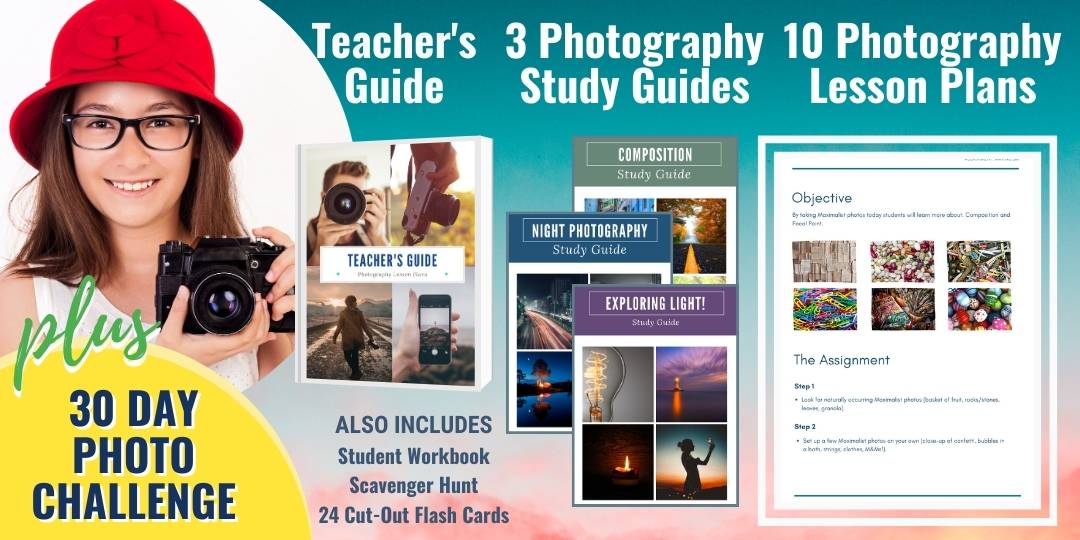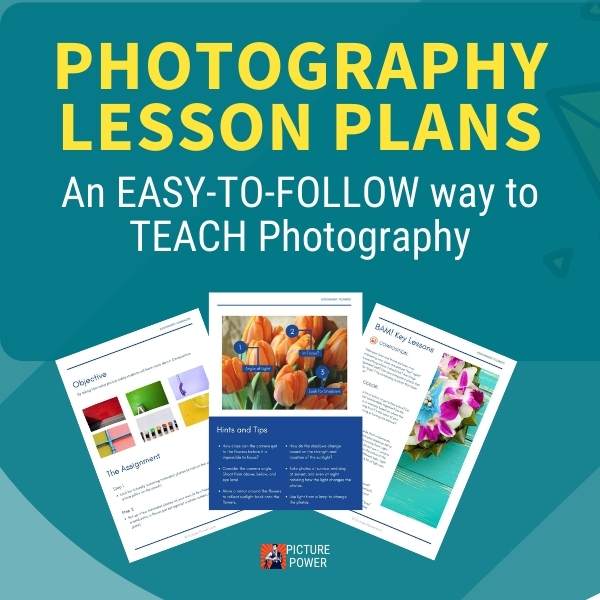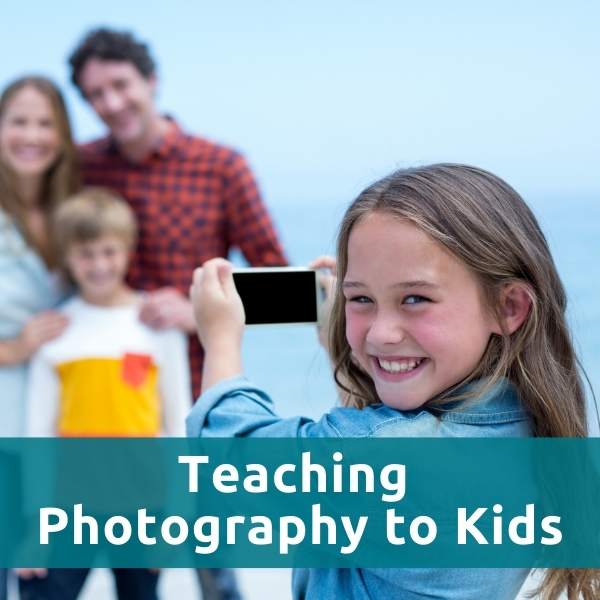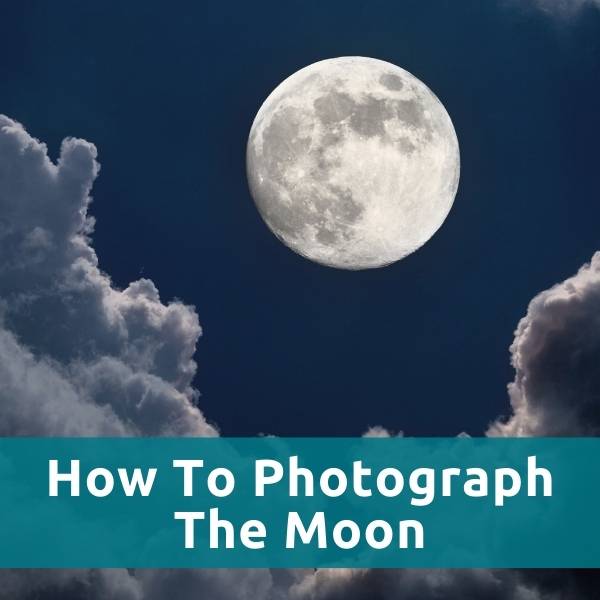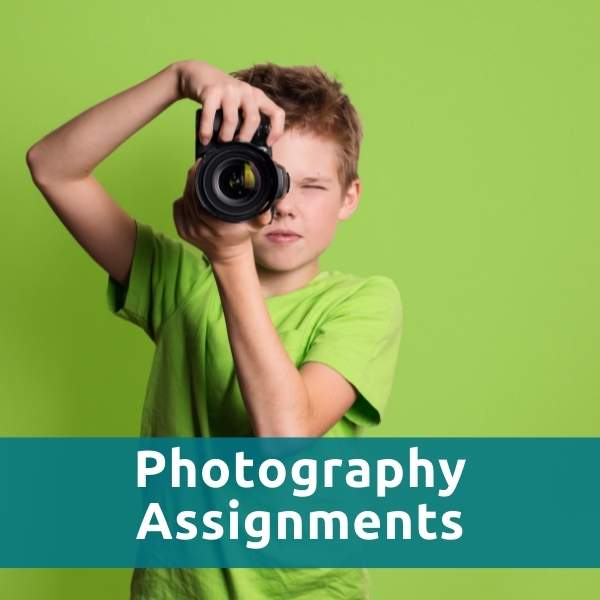A silent story - how photography communicates
Scott Umstattd
Photography and spoken word are both forms of communication that allow us to express ourselves and share our experiences with others. However, while spoken word relies on language and sound to convey meaning, photography is a non-verbal form of communication that relies solely on visual elements to communicate.
Photography captures a moment in time and presents it to the viewer in a way that transcends language. The composition, colors, and framing of a photograph all work together to tell a story and convey meaning.
Unlike spoken word, photography doesn't require any specific language or cultural background to be understood. It's a universal language that can be appreciated and understood by people from all walks of life.
When we view a photograph, our brains are freed up to focus entirely on the visual elements of the image. We don't have to worry about processing spoken language or listening for specific sounds. This allows us to create our own meaning and interpretation of the photograph, based on our own experiences and perceptions.
Without sound, photographs become more abstract and open to interpretation. We can't rely on the speaker's tone or inflection to give us clues about their intention or meaning. Instead, we're left to interpret the image on our own, and this process of interpretation can lead to a more profound understanding and connection with the image.
Why Teach Photography?
When we view a photograph, we have the freedom to create our own meaning and to project our own emotions onto the image. For example, a photograph of a sunset can evoke different emotions and meanings for different people. Some may see it as a peaceful and calming scene, while others may see it as a symbol of the end of something, such as a relationship or a phase of life.
This freedom of interpretation is one of the reasons why photography is such a powerful and effective means of communication. It allows us to connect with others on a deeper level by sharing our own experiences and emotions in a way that's open to interpretation. This is in contrast to spoken word, which can often be more prescriptive and straightforward in its meaning.

Moreover, the non-verbal aspect of photography can allow for more creativity and artistic expression than spoken word. Photographers can use a wide variety of techniques, such as lighting, framing, and post-processing, to create unique and captivating images that convey their intended meaning. This creative aspect of photography is what allows it to be used in a wide range of contexts, from fine art to photojournalism to commercial advertising.

teaching photography to children
In a world where social media is dominated by visual content, it's important for children to learn how to effectively communicate their own messages through photography.
By teaching children the fundamentals of photography, they will be able to express themselves creatively, understand how to communicate through visual media, and gain a better understanding and appreciation of the world around them.
Parents and teachers have the opportunity to help children develop a deep understanding and appreciation of photography as a communication tool.
By providing children with the resources and guidance to explore the world through the lens of a camera, they can develop a powerful and lifelong appreciation for the art of photography. As a result, they will be equipped with the skills necessary to communicate effectively in today's media-driven society.
So, let us encourage and inspire the next generation of photographers and storytellers.

